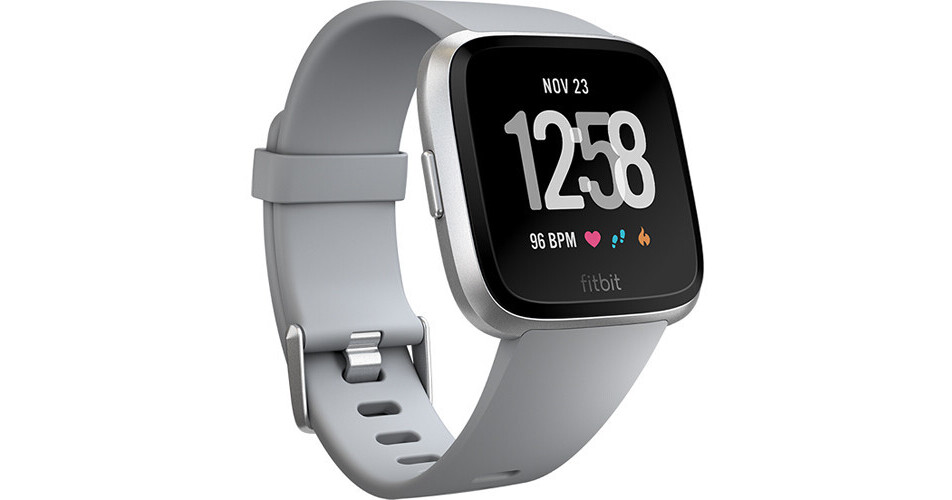
The Fitbit Sense introduced stress tracking in 2020, but the big change for the Sense 2 is that the EDA sensor now offers continuous monitoring of your body’s electrodermal activity. However, it supplements that health suite with a skin temperature sensor and a cEDA (continuous electrodermal activity) sensor to monitor your body for signs of stress. On the health tracking side of things, the Sense 2 does everything that the Versa 4 does. You’re also looking at the same six days of battery life per charge and fast charging speeds. Compared to the first Sense, Sense 2 is 10% thinner and 15% lighter.

The Sense 2 features the same tweaked design with a physical button on the side. Similar to how the original Fitbit Sense shared a lot in common with the Versa 3, the same is true with the relationship between the Fitbit Sense 2 and Versa 4. When you do run out of juice, 12 minutes of charging gives you a full day’s worth of battery life. You get all of that with the same promise of six days of battery life, easily outlasting the single-day use of the Apple Watch Series 7. It has a built-in GPS, Fitbit’s Active Zone Minutes feature, 24/7 heart rate monitoring, SpO2 tracking, sleep tracking, etc.

It’s not quite as impressive as the 90+ exercise modes offered on the Galaxy Watch 5, but it is a significant improvement over the Versa 3.īeyond extra workout modes, the rest of the health tracking experience on the Versa 4 is identical to the Versa 3. Fitbit hasn’t revealed all of the new workout modes, but some of the highlights include HIIT, CrossFit, dance, and weight lifting. Where the Versa 3 could track 20 different exercises, the Versa 4 can track more than 40. In addition to the new design, the Fitbit Versa 4 also upgrades its workout tracking experience. I review phones for a living - here are the 10 apps I can’t live without

Shiny Xiaomi Buds 4 Pro come inside their own Space Capsule

Oura: Which screenless health tracker should you wear?


 0 kommentar(er)
0 kommentar(er)
